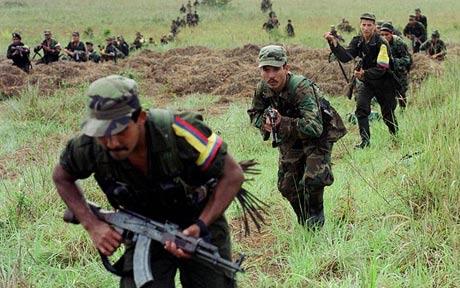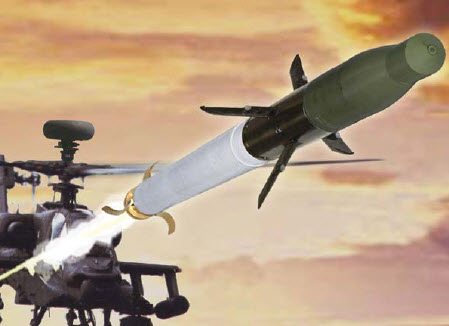Colombia’s FARC rebels announced Sunday the end of a two-month unilateral ceasefire declared in November at the outset of talks in Cuba aimed at ending Latin America’s longest-running insurgency.
The Revolutionary Armed Forces of Colombia (FARC) had said they were willing to extend the ceasefire, due to expire at midnight on Sunday (0500 GMT Monday), if the Colombian government agreed to a bilateral truce.
But President Juan Manuel Santos and his government rejected that idea from the start, portraying the ceasefire as a negotiation tactic and preferring to maintain military pressure on the FARC during the negotiations.
“With heartache again we must admit the return of the military phase of the war, which nobody wants,” FARC chief negotiator Ivan Marquez told reporters at the start of a new day of talks with government representatives.
Marquez, the FARC number two, urged the Colombian government to reconsider “the possibility of a bilateral ceasefire and cessation of hostilities, to surround the peace talks with a calm atmosphere.”
The government delegation, headed by former vice president Humberto de la Calle, made no comment to reporters ahead of Sunday’s discussions.
Santos, who has given a deadline of November for a peace deal to be achieved, scolded the guerrillas for only partially fulfilling their ceasefire pledge.
“They know perfectly well what they need to do after Sunday,” the Colombian leader said on Saturday, urging the FARC to refrain from new operations.
The Colombian military says it has registered at least 52 violations by the rebels over the past two months.
And on Friday, Colombian police accused the FARC of seizing a shipment of explosives to use for attacks against security forces after the ceasefire ended.
In a statement on the FARC’s website on Sunday, guerrilla leaders denied violating the ceasefire, saying they had met their pledge with a “serious and responsible commitment.”
The statement claimed that any injuries or deaths caused by FARC militants during the ceasefire had resulted from “defensive” battles sparked by government actions.
Both the government and independent experts have noted a significant decrease in overall violence compared to the same period a year ago.
Negotiations between the government and the FARC resumed in Havana earlier this month after a three-week holiday break with both sides vowing to quicken the pace of the talks.
Discussions have so far have focused on rural development, the first item of an agreed five-point agenda. The other items include drug trafficking, political participation, disarmament and victims’ rights.
This is the fourth attempt to end the bloodshed, and the first new bid in a decade.
The FARC was set up in 1964 as an agrarian and anti-imperialist movement determined to redistribute land to the poor. Its fighters take refuge in Colombia’s vast expanses of remote jungle.
For decades, the FARC has financed its guerrilla insurgency through taxation of the illegal drug trade, kidnappings and extortion.
In February 2012, it renounced the practice of kidnapping for ransom.
The government estimates that 600,000 people have been killed by armed groups and the security forces during the near 50-year conflict, and some 3.7 million Colombians have been displaced.
A long string of setbacks has seen FARC ranks cut in half from their late 1990s prime, to as few as 8,000 fighters.











